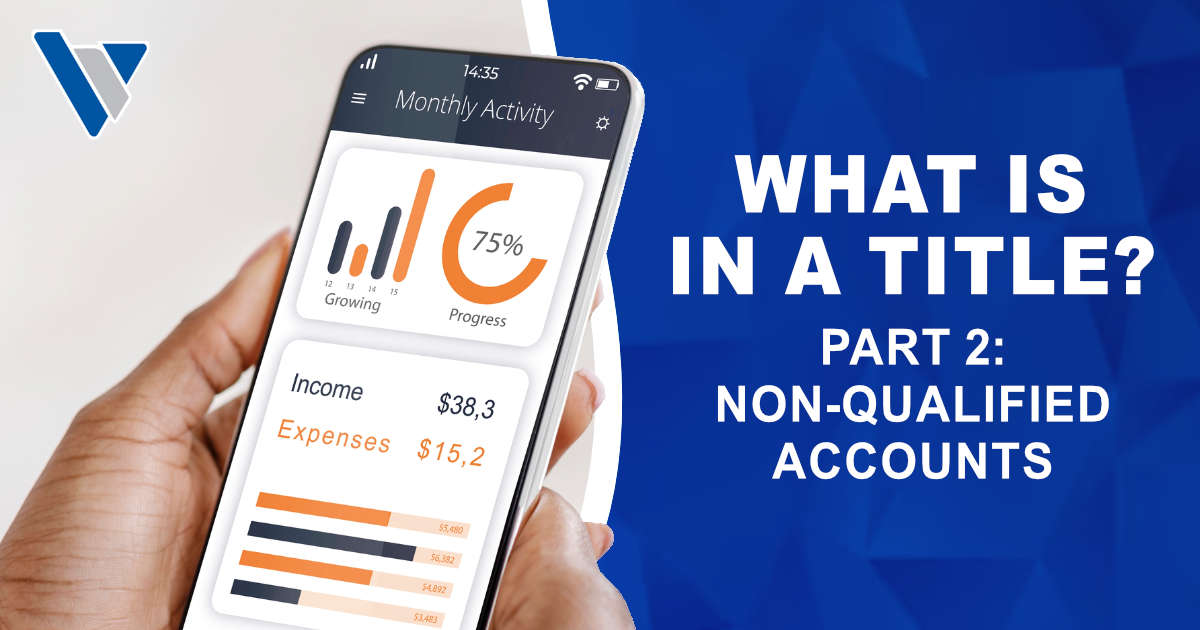In my last article, I discussed the importance of proper titles in regards to qualified accounts,...


Although Uncle Sam loves to collect his share of taxes on everything from income to gains on your investments, the government does often offer ways for us to save on paying taxes. A couple of well-known examples of this are Traditional and Roth IRA accounts. The US Government offers these in order to offer tax savings on individual investment accounts intended for retirement savings.
Another well-known example of tax savings investment accounts are 529 accounts. Intended to save money on taxes for investment accounts, 529 plans help pay for one’s school expenses, such as tuition, room and board, and even books.
Another, lesser-known tax-advantaged investment account is an ABLE account. ABLE stands for Achieving a Better Life Experience, and these accounts are intended to offer tax-advantaged savings for those diagnosed with significant disabilities before age 26 (being raised to 46 in 2026).
These accounts work most similarly to a 529 account, except instead of being used for education expenses, the savings are used to cover expenses for healthcare, assistive technology, transportation, and more. Distributions made out of these accounts for qualified expenses are distributed tax-free.
These accounts came to be from the Achieving a Better Life Experience (ABLE) Act in 2014. By using ABLE accounts, users are able to still maintain their public benefits such as Medicaid and Supplementary Security Income. This is because these benefits have a maximum asset level, where if a disabled individual’s total asset exceeds, they could lose their benefits.
Funds in ABLE accounts, however, are not included in an individual’s eligibility toward Medicaid or SSI.
Before ABLE accounts came to be, most families would use trusts to save money for a disabled family members future, in order to avoid losing the SSI or Medicaid benefits. Trusts, however, can be expensive to form and maintain.
The main advantage of these trusts, though, is there is no upper limit to what can be added to them. As opposed to ABLE accounts where many state plans set a limit, typically over $500,000, where only the first $100,000 contributed is exempt from impacting an individual’s SSI or Medicaid eligibility.
Contributions to these accounts can be made by the individual, their friends, or their family members. The maximum amount allowed to be contributed is tied to the annual gift tax exemption, which is $17,000 in the year 2023.
If the individual beneficiary earns income, they can apply that income to the account as well, exceeding the gift tax exemption. This additional contribution is limited to the lesser of either the individual’s compensation for the tax year or the poverty line amount for a one-person household. If the beneficiary’s employer already contributes to a workplace retirement plan, however, the individual may not add the extra contribution.
Additional contributions from income, up to $2,000, can also be claimed on Form 8880, which can reduce the amount of taxes an individual owes or be added to their tax refund at the end of the year. 529 plans can also be rolled over in to ABLE accounts as long as the beneficiary on the 529 plan is the same beneficiary as the ABLE account or an eligible family member.